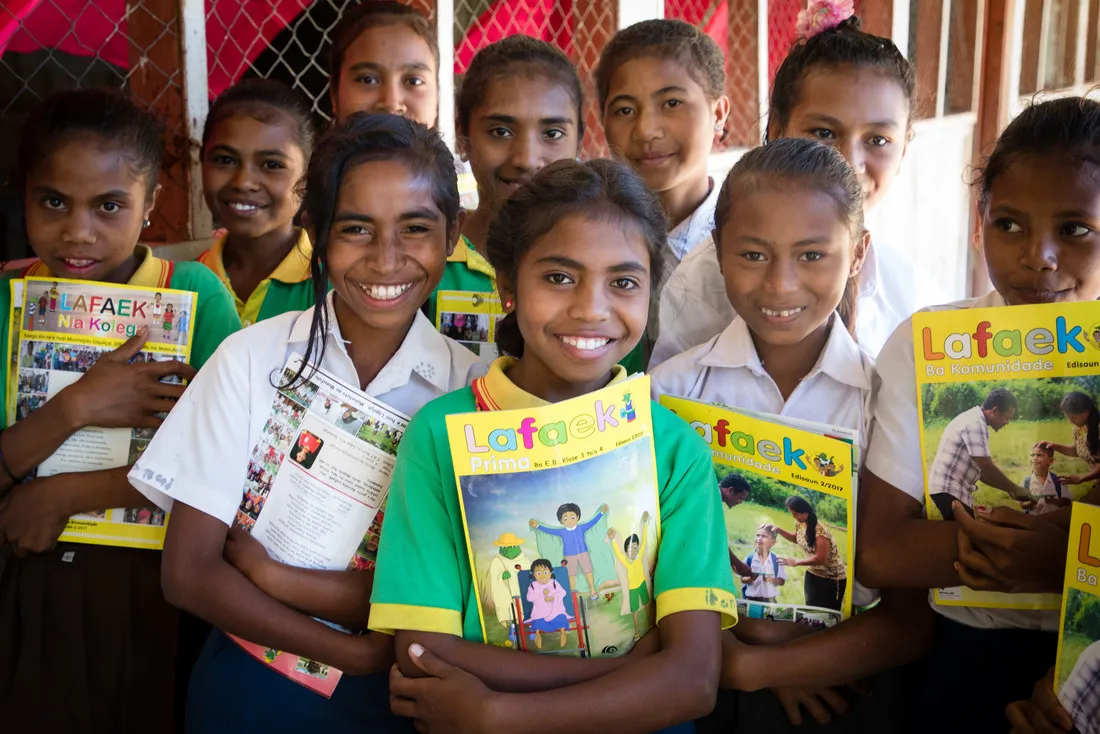Our programs provide tailored solutions to students facing multiple barriers to education to acquire relevant skills, creating opportunities for positive transitions to secondary school and dignified livelihoods. Our integrated approach is based on extensive research on what works to increase marginalized girls’ learning outcomes, retention, and wellbeing.
We put girls at the center of our programs and build a supportive environment for them in the community and at school. At the individual level, CARE helps girls develop their academic competencies alongside leadership and life skills, raising their confidence and voices. At the community level, we work with parents and traditional and religious leaders to shift negative gender and social norms affecting education outcomes, increasing support for girls’ education and active participation in school. We work with Ministries of Education and school staff to improve the quality of teaching, strengthen supervisory capacity, and develop gender-transformative and inclusive policies and budgeting
CARE is a proud signatory of the Freetown Manifesto for Gender-Transformative Leadership in Education, and is working to achieve gender-transformative systems in the education service sector in all the operating areas.

